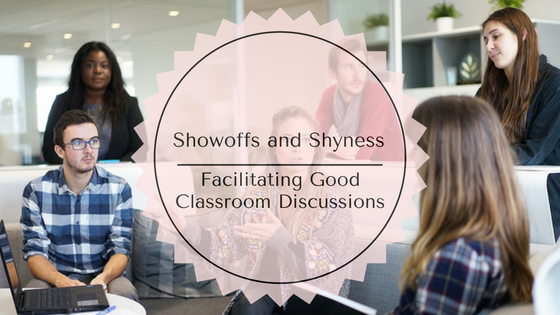
Often in humanities or social sciences courses, professors use classroom discussions to give students a way to engage with the material in a constructive manner conducive to learning. Classroom discussions can allow students to think critically about theories or facts they are learning and share their thoughts about the subject matter; however, good classroom discussions don’t just happen – they are the product of preparation by both students and professors.
One tip to facilitate a productive classroom discussion is to give students adequate time to prepare their thoughts. Give students the prompts for the discussion ahead of time and inform them that they will be discussing those topics in the coming week. This can allow shyer students to prepare their statements, as well as helping all students gather their thoughts.
These prompts can be made more conducive to classroom discussions by relying less on factual questions and more on problem-solving prompts. When professors present material as problems to be solved and encourage the consideration of multiple solutions, students are more likely to consider multiple points of view and revise their earlier statements, making classroom discussions less adversarial and more collegial.
Another useful tip for facilitating successful classroom discussions is to allow students to set the norms of the discussion themselves. Students should generate the criteria of a good discussion themselves, as it gives them more ownership over the discussion and makes them more likely to adhere to the criteria they develop.
Finally, professors should set an expectation of 100% participation, but professors should also be cognizant of shyer students and be respectful of their strengths and weaknesses. An alternative way to measure students’ participation in class discussions (beyond number of times speaking) is to have students write short reflection papers about their participation in the discussion. Professors should also constantly check in with themselves to evaluate their facilitation of class discussions, as such self-reflection can help all students participate in creating a safer environment.

